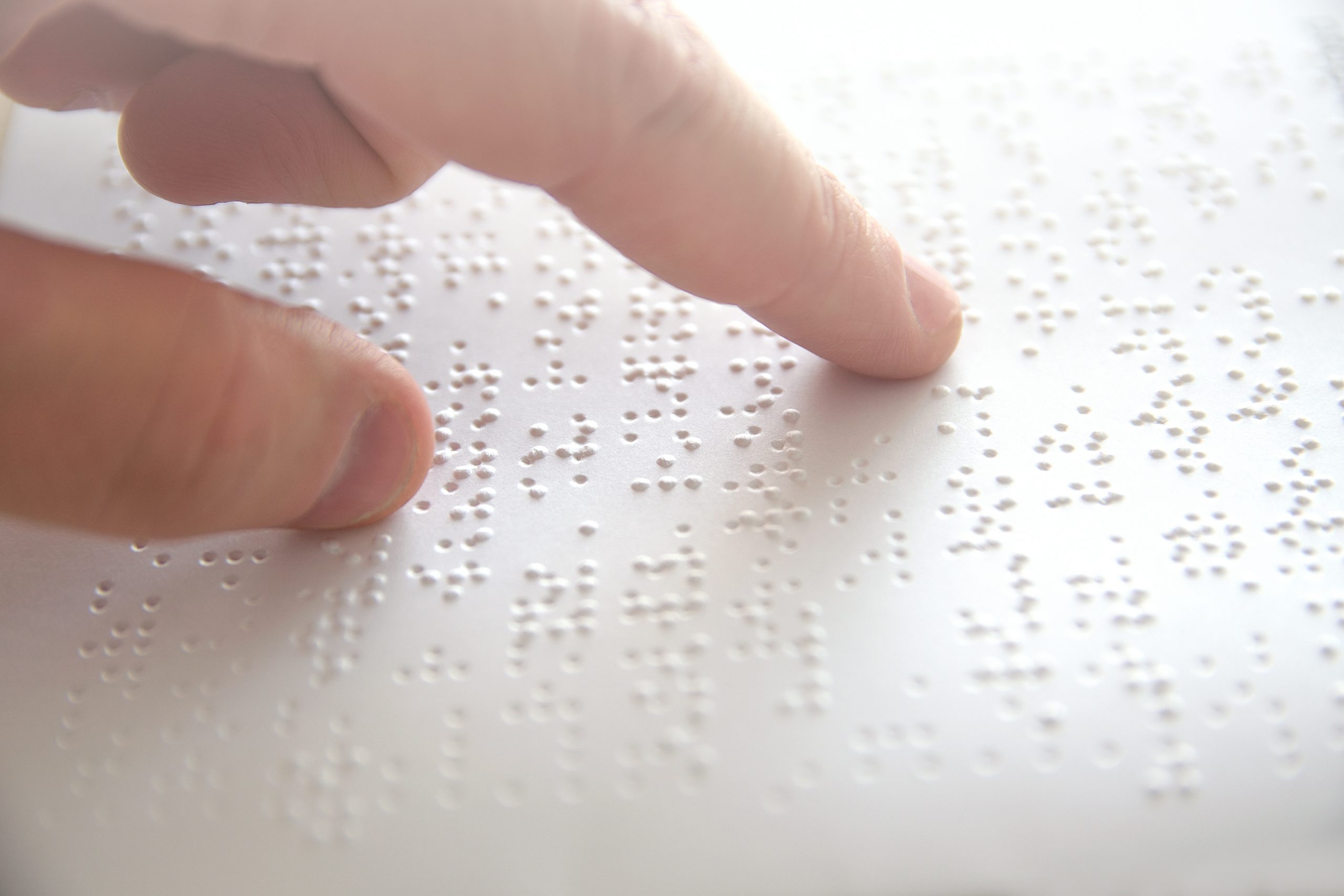A manual in braille: Autonomous vehicles

In July 2019, Lyft and the Lighthouse for the Blind and Visually Impaired at the Media and Accessible Design Lab in San Francisco joined forces to develop a Braille guide explaining how autonomous vehicles work, enabling visually impaired people to understand the mechanics behind the technology. The document shows where the sensors and other parts on the vehicle are located, such as the car’s lidars, cameras, radar, GPS and computer system. In addition, the tactile guide explains how each piece of equipment works. According to Lyft, this document will be in every Aptiv autonomous car as a reference for blind or visually impaired customers.
The development of this guide is a significant signal, because of the potential for greater access to travel for the visually impaired. Indeed, autonomous vehicles could represent a gain in mobility and autonomy for this segment of the population, by eliminating the need to ask another person for assistance to travel by car. The ability to travel alone, safely, far from others, may become all the more important in a world concerned about physical distancing because of the COVID-19 pandemic. In terms of future developments, this could lead to the design of models of autonomous cars specifically designed for the visually impaired. In addition, the guide could help to establish standards and guidelines for Braille guides on the use of artificial intelligence.
This innovation also illustrates a change in the way we understand automated technologies, particularly autonomous vehicles, because one of the obstacles to their adoption is demystifying how they work. This explanatory guide could help bridge the gap in understanding these machines, not only for the visually impaired, but also for anyone seeking to understand the mechanics of self-driving vehicles. Therefore, a greater understanding of autonomous vehicles could help increase human confidence in them, an essential step alongside engineering advances and regulatory considerations in their gradual appearance on the roads.
Sources
R. Verger, “Lyft’s braille guide to autonomous tech helps the blind become familiar with robocars”, Popular Science, last modified July 15, 2019, https://www.popsci.com/braille-guide-self-driving-car/
R. Verger, “What will it take for humans to trust self-driving cars?”, Popular Science, last modified March 28, 2019, https://www.popsci.com/humans-trust-self-driving-cars/